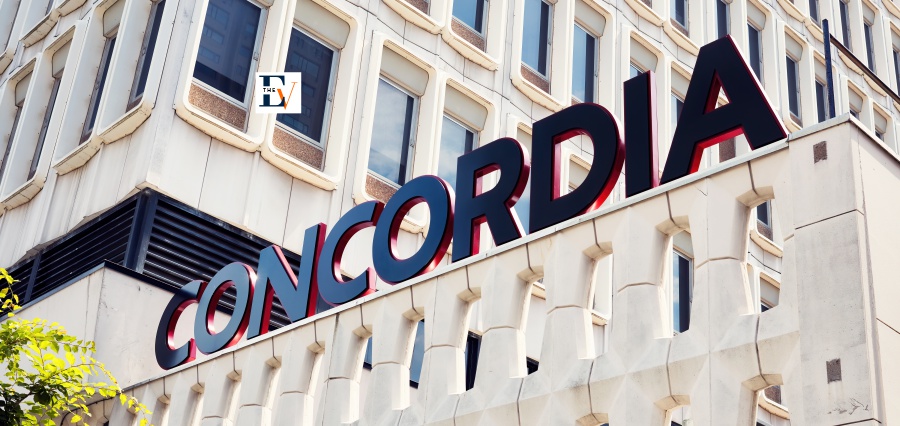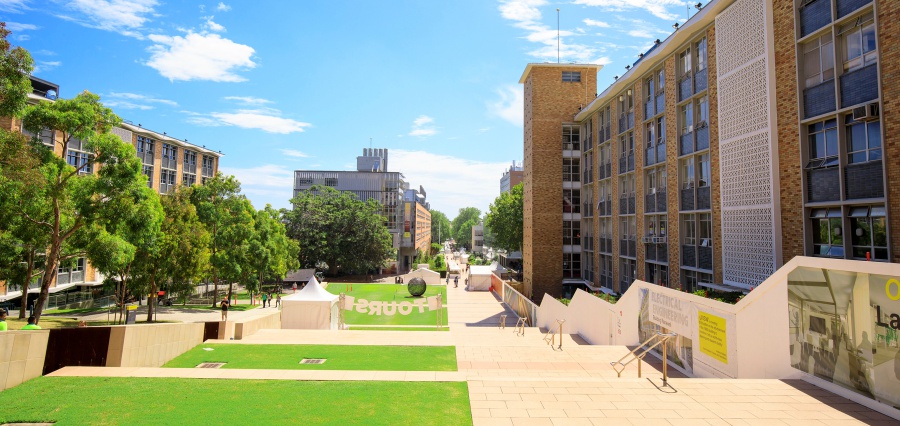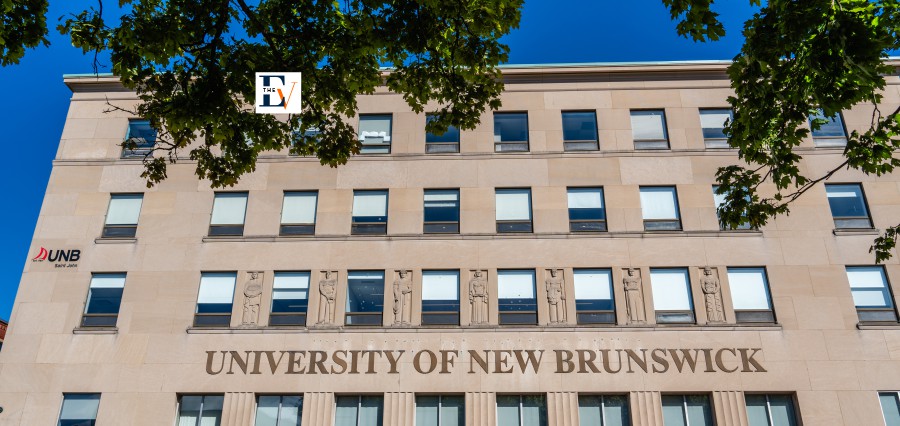Leading the Future
The Middle East has long been a region of immense economic significance characterized by the aid of its wealthy natural assets, strategic geographical role, and numerous cultural heritages. Traditionally, oil and gasoline have dominated the monetary environment, contributing significantly to the GDP of many nations.
However, as the global economic system evolves and diversifies, the Middle East is witnessing a significant transformation. The Key Drivers of Economic Expansion inside the Middle East are getting more multifaceted, shifting beyond hydrocarbons to encompass sectors together with tourism, technology, and renewable energy.
This shift is not merely a reaction to fluctuating oil fees; it’s a proactive method aimed at ensuring sustainable growth and worldwide competitiveness. Governments across the location increasingly invest in infrastructure, training, and entrepreneurship to create a more resilient monetary framework.
As these nations seek to diversify and innovate, they are positioning themselves as essential players worldwide, therefore leading the future of monetary growth not only inside the Middle East but also worldwide. This article explores the various elements that serve as key drivers of monetary growth within the vicinity and how they may be setting the level for a more varied and sustainable economic future.
The Role of Natural Resources
Oil and Gas: The Traditional Backbone
The Middle East’s financial system has been closely reliant on oil and fuel exports, which have traditionally fueled countrywide sales and infrastructure improvement. Countries like Saudi Arabia, Iraq, and the UAE have benefitted immensely from their oil reserves, allowing them to invest in public services and diversify their economies.
However, as the world moves closer to sustainable energy, these countries are spotting the need to innovate and reduce dependency on fossil fuels.
Shifting towards Renewables
In reaction to global energy traits, several Middle Eastern international locations are investing heavily in renewable power projects. Initiatives like Saudi Arabia’s Vision 2030 and the UAE’s Masdar City intend to put these international locations as leaders in sustainable strength, thereby diversifying their economies.
This transition isn’t the simplest essential for environmental sustainability, however, it also serves as one of the key drivers of monetary expansion within the Middle East, making the future closer to an extra-balanced energy portfolio.
Technological Innovation
The Rise of Startups
The Middle East is turning into a hub for technological innovation and entrepreneurship. Cities like Dubai and Abu Dhabi have launched numerous projects to attract startups and tech groups. The upward push of incubators and accelerators is fostering a lifestyle of innovation, resulting in increased job introductions and investment opportunities.
Digital Transformation
Furthermore, governments are making investments in digital infrastructure to facilitate e-governance, smart towns and digital offerings. This digital transformation is important in enhancing performance and transparency, making it one of the key drivers of economic growth within the Middle East and pointing the future toward an extra-interconnected and tech-driven financial system.
Diversification through Tourism
Capitalizing on Heritage and Culture
Tourism has emerged as a full-size zone inside the Middle Eastern financial system. Countries like Egypt, Jordan and the UAE are leveraging their historic and cultural belongings to attract global tourists. Events like Expo 2020 in Dubai exhibit the vicinity’s capability in this sector.
Sustainable Tourism Initiatives
In addition, there’s a developing awareness of sustainable tourism practices, ensuring that economic benefits do not now come at the value of environmental degradation. This strategic emphasis on tourism acts as a catalyst for job creation and infrastructure development, as a result serving as another key driver of monetary growth within the Middle East, leading the future toward a greater sustainable tourism model.
Education and Human Capital Development
Investing in Human Capital
Human capital is critical for economic expansion. The Middle East is increasingly investing in training and talent improvement to equip its workforce for the jobs of the future. Universities and vocational education facilities are being established to create a professional exertion force that can adapt to changing financial desires.
Encouraging Innovation
By specializing in training, the location is laying the basis for innovation and creativity, which can be critical for a thriving economic system. This dedication to education is one of the key drivers of economic expansion inside the Middle East, leading the future in the direction of a more knowledgeable and professional society.
End Note
The key drivers of economic growth within the Middle East are numerous and interconnected, encompassing herbal resources, technological innovation, tourism, and schooling. As those nations embody trade and adapt to international trends, they’re not only paving the way for a resilient financial system but also leading the destiny of financial increase within the location.
Looking ahead, the continuing investments in these key regions will certainly shape a prosperous and sustainable future for the Middle East, making it an essential player within the international financial system.
Read Also: 3 Secret Study Tips to Become Topper






